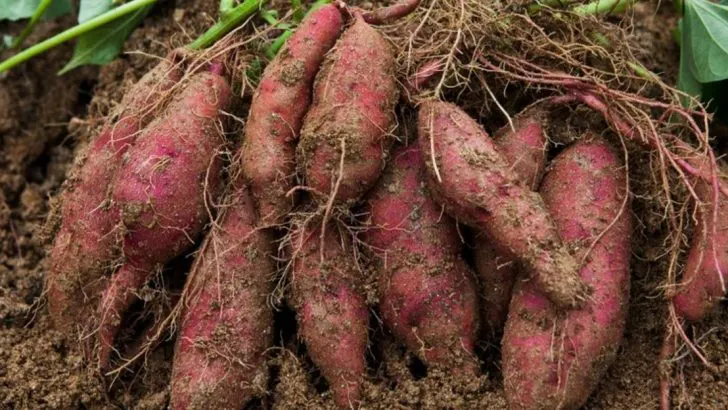Peas are a favorite in many gardens, but they can struggle when planted near the wrong companions. Some plants compete for nutrients, attract pests, or release chemicals that inhibit pea growth. To ensure a healthy and productive pea crop, here are 15 plants you should never grow too close to your peas.
Garlic
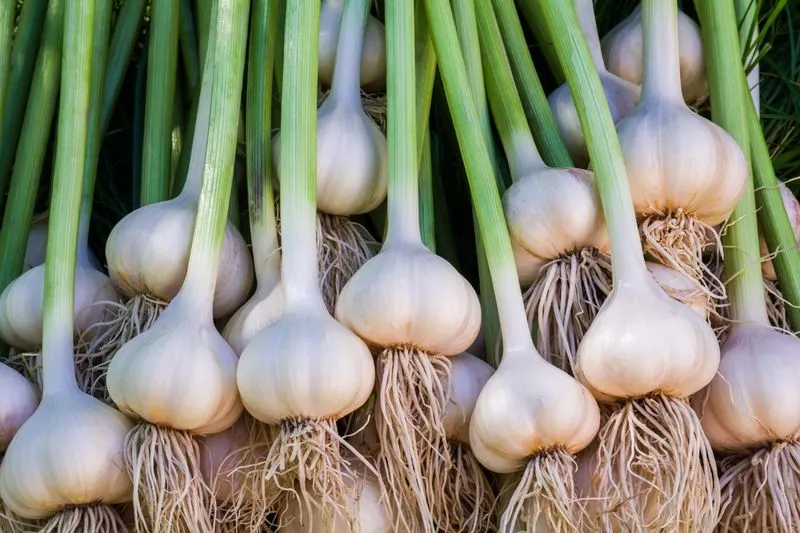
Garlic might be a kitchen staple, but it’s an unfriendly neighbor to peas. The sulfur compounds that make garlic a potent culinary ingredient can inhibit the growth of peas. These compounds release into the soil, affecting root development and potentially leading to stunted growth. Separating garlic from peas is essential for their healthy coexistence. Consider planting garlic in a separate bed or at the opposite end of your garden. This approach ensures each plant can thrive without hindering the other’s progress. Gardening success often hinges on strategic plant placement.
Onions
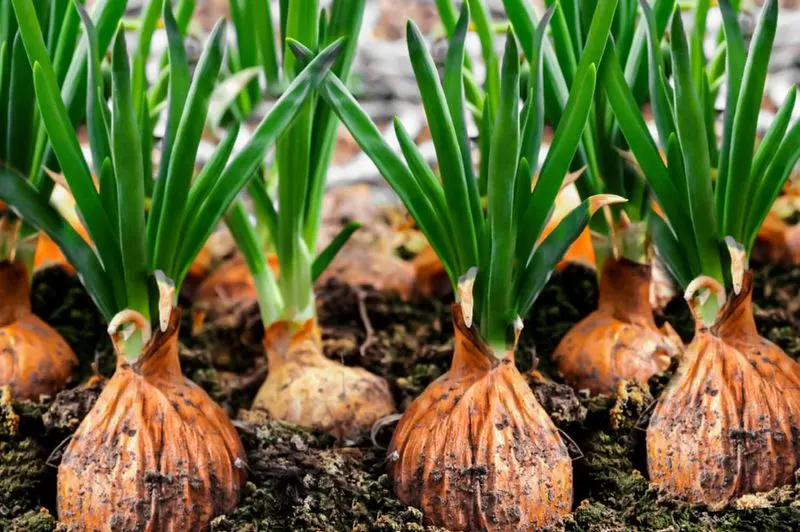
While onions add flavor to many dishes, their presence in a pea patch can spell trouble. Onions release chemicals that affect the growth pattern of peas, disrupting their ability to absorb essential nutrients. This interference can lead to underdeveloped pea pods and a disappointing harvest. Position onions away from peas to maintain a healthy garden balance. By dedicating distinct areas for each, you allow them to flourish independently. In gardening, understanding plant relationships is key to maximizing yield and quality.
Chives
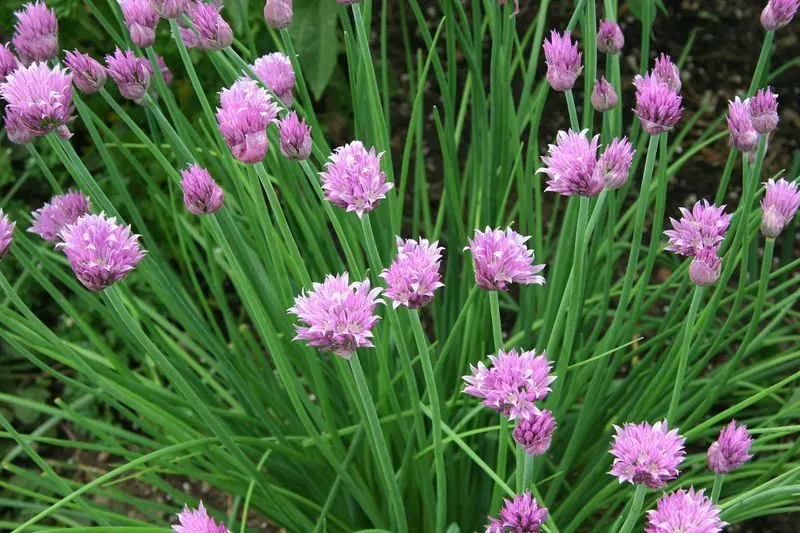
Chives, known for their mild onion-like flavor, are less compatible with peas. Their presence can alter the soil composition in ways that are unfavorable to pea plants. The soil’s nutrient profile might change, leading to nutrient competition. Plant chives in a different section of your garden to prevent nutrient clashes. By doing so, both chives and peas can grow without compromising each other’s health. Smart garden planning involves not just planting but organizing symbiotic plant relationships.
Leeks
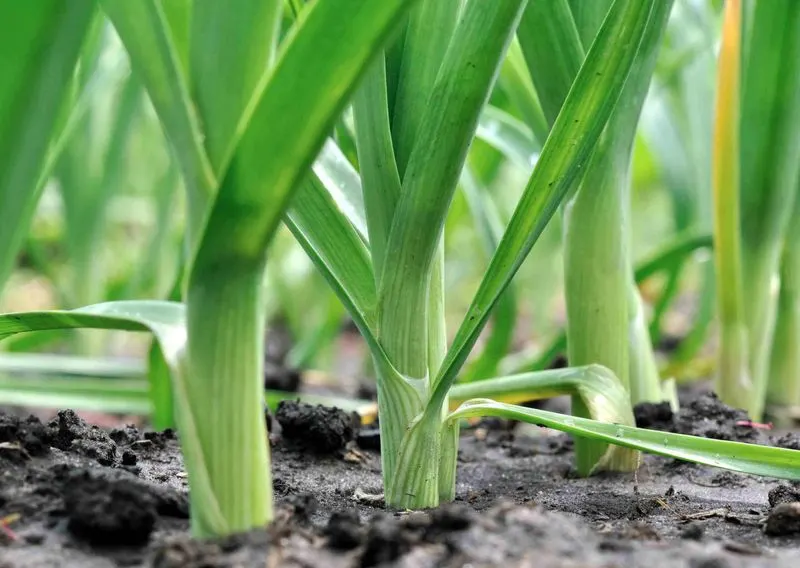
Leeks bring a unique taste to the table but can be detrimental to peas when grown close by. Their extensive root systems draw nutrients away from peas, limiting their growth potential. Such nutrient competition can result in smaller, less productive pea plants. To avoid this, plant leeks at a distance, ensuring each has ample resources. Letting leeks and peas share soil can lead to diminished returns for both. Strategic separation helps maintain the health and productivity of your vegetable garden.
Shallots
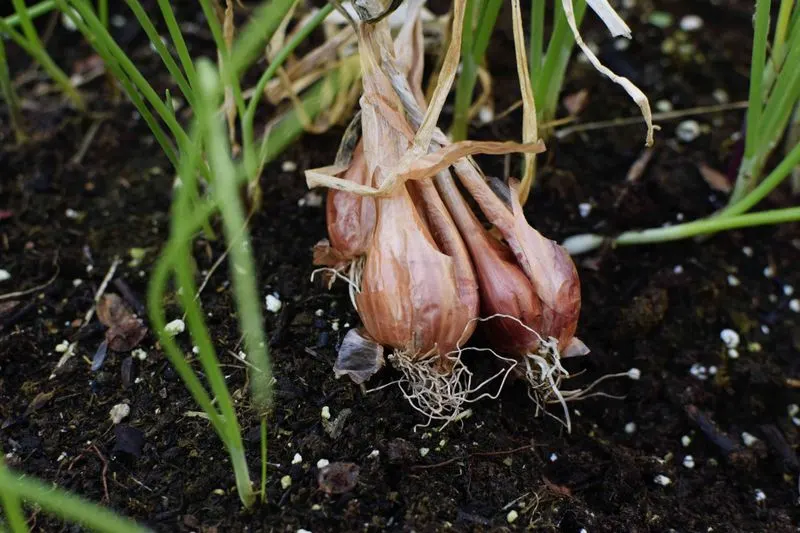
Shallots, though small, pack a powerful punch and an equally strong impact on pea plants. Their growth habits lead to competition for nutrients and space, stifling pea development. Keeping shallots away from peas is crucial to let each thrive. By planting them separately, you ensure they don’t rob each other of necessary nutrients. Gardening is not just about planting seeds but managing space and resources wisely. This approach maximizes the potential of each plant in your garden.
Potatoes
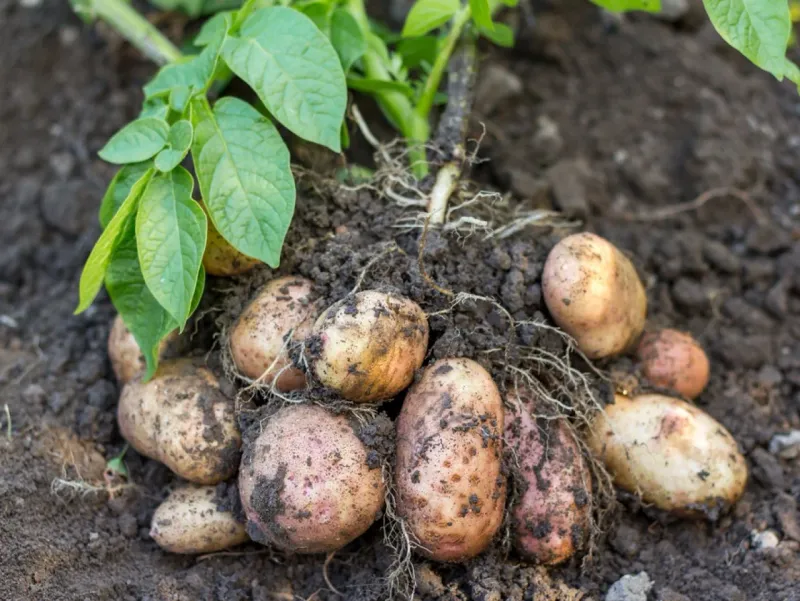
Potatoes can be problematic when sharing soil with peas. Their need for similar nutrients means they compete directly, often leaving peas lacking. This competition can lead to reduced growth and crop yield for peas. Plant potatoes in a different bed to prevent such competition. By providing separate growing environments, you allow each to reach their full potential. Balancing your garden’s nutritional needs is crucial for a bountiful harvest.
Fennel
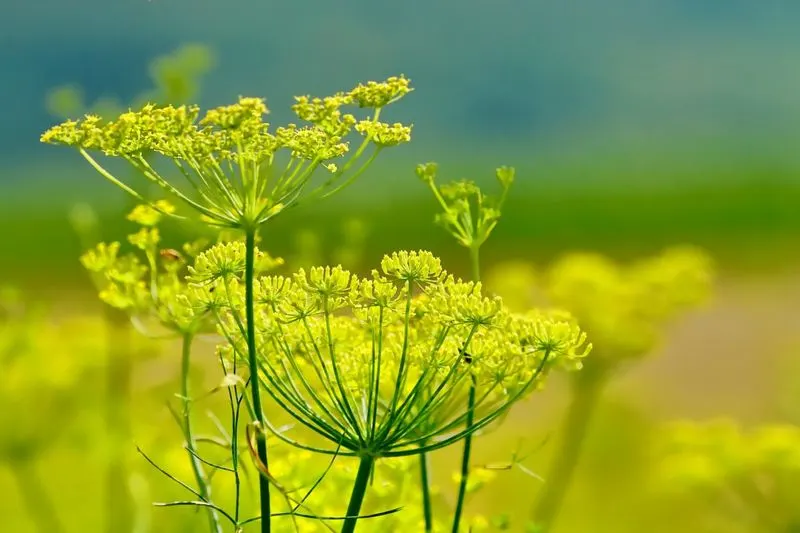
Fennel, with its aromatic qualities, can be deceptive in its garden compatibility. Its tendency to produce allelopathic chemicals can inhibit the growth of peas. These chemicals affect seed germination and root development, causing poor pea performance. Maintain a clear boundary between fennel and peas to avoid these issues. Cultivating fennel in isolated areas helps protect sensitive plants like peas. Incompatible pairings can undermine even the best gardening efforts.
Peppers
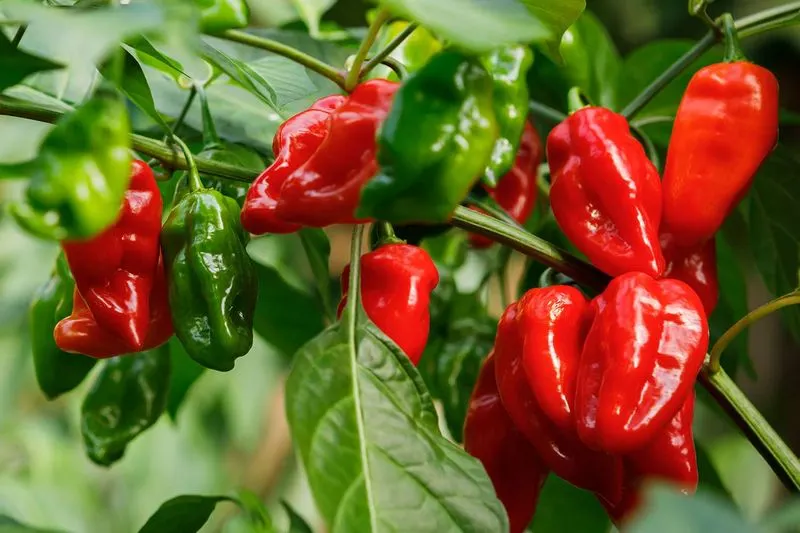
Peppers, despite their colorful appeal, can overshadow peas in the garden. Their growth demands often lead to competition for sunlight and nutrients, disadvantaging peas. Such conditions can cause peas to produce fewer pods or grow less vigorously. To mitigate this, consider separate garden sections for peppers and peas. This separation ensures both have access to what they need without encroachment. Proper plant placement fosters a harmonious garden environment.
Corn
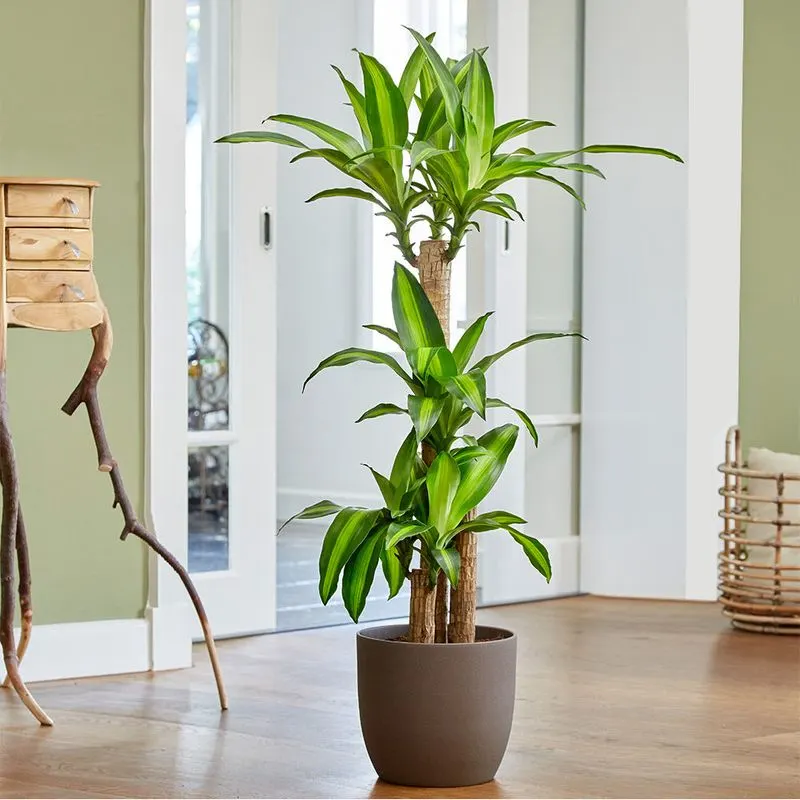
Corn’s towering presence can be a double-edged sword for peas. While it offers shade, the shade may be too much, hindering pea growth. Additionally, corn’s nutrient needs can outpace what a shared space can provide. Plant corn away from peas to ensure they receive adequate sunlight and nutrients. By doing so, both crops can thrive without one suppressing the other. Thoughtful garden design involves considering the light and nutrient needs of each plant.
Sunflowers
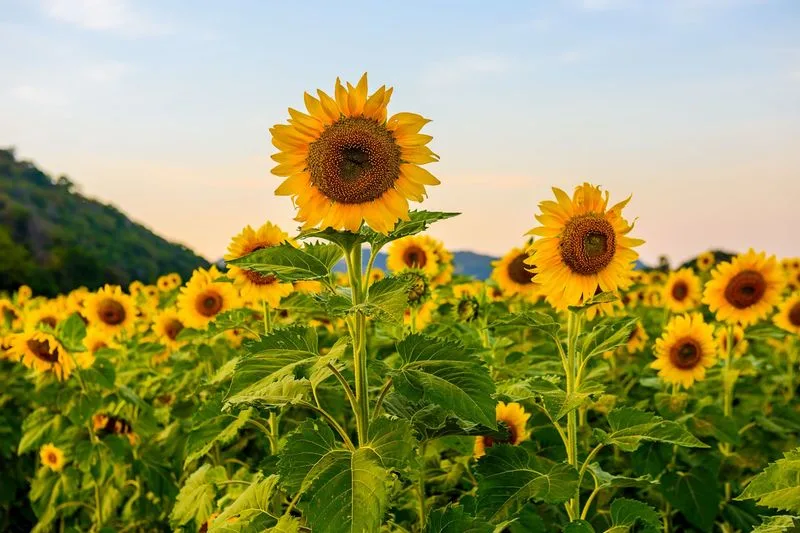
Sunflowers may bring cheer but can overshadow peas with their height and fast growth. Their substantial roots consume significant nutrients and water, leaving little for peas. This competition can stifle pea plant development and reduce harvest quality. Plant sunflowers at a distance to ensure both plants receive their share of resources. Understanding the spatial and resource needs of each plant can greatly impact garden success.
Cabbage
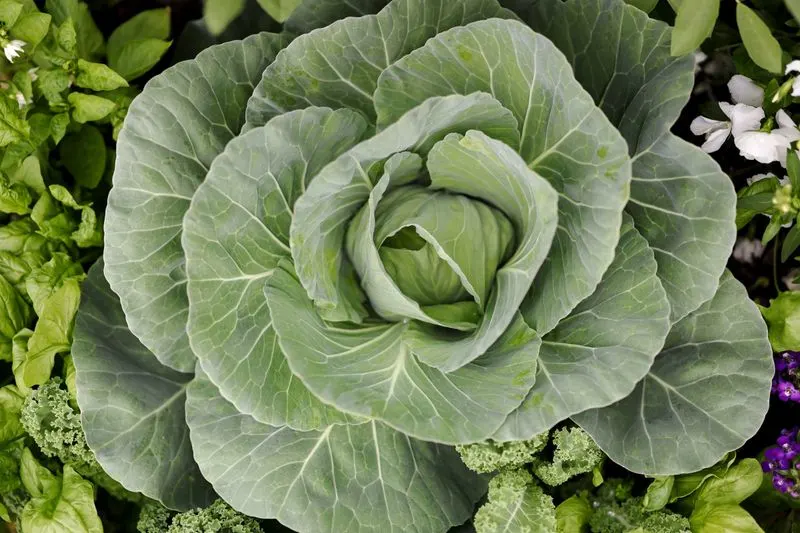
Cabbage, with its leafy bulk, can quickly crowd out pea plants. Its expansive leaves block light, creating a shadowy environment unsuitable for sun-loving peas. Moreover, they compete for essential soil nutrients. To help peas flourish, avoid planting cabbage nearby. Designating different areas for each ensures both have room to grow. Effective garden planning requires careful consideration of each plant’s growth habits.
Broccoli
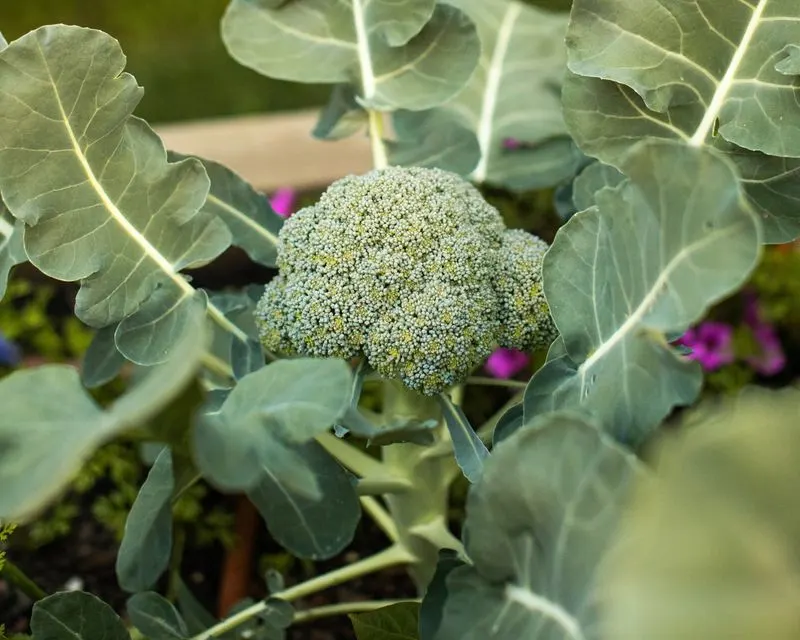
Broccoli, while nutritious, can impede pea growth through competition and shading. Its large leaves create significant cover, reducing sunlight for adjacent plants. This can lead to poorer growth and smaller harvests from pea plants. Separate broccoli from peas to give them each the best chance to thrive. Creating distinct zones for different plants helps maintain a healthy, productive garden. Thoughtful spacing ensures balanced growth and development.
Brussels Sprouts
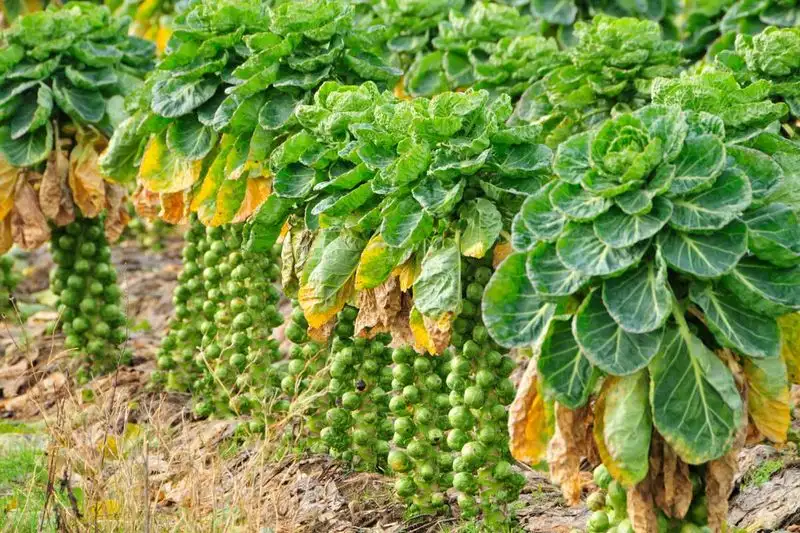
Brussels sprouts can be overbearing companions in the garden. Their bushy growth habit can quickly take over, leaving little space or nutrients for peas. Such competition can lead to a sluggish pea crop. Planting Brussels sprouts away from peas is a smart move to ensure ample growth opportunities for both. By keeping them apart, you create a balanced environment that caters to the needs of each species. Successful gardening involves strategic plant arrangements.
Kale
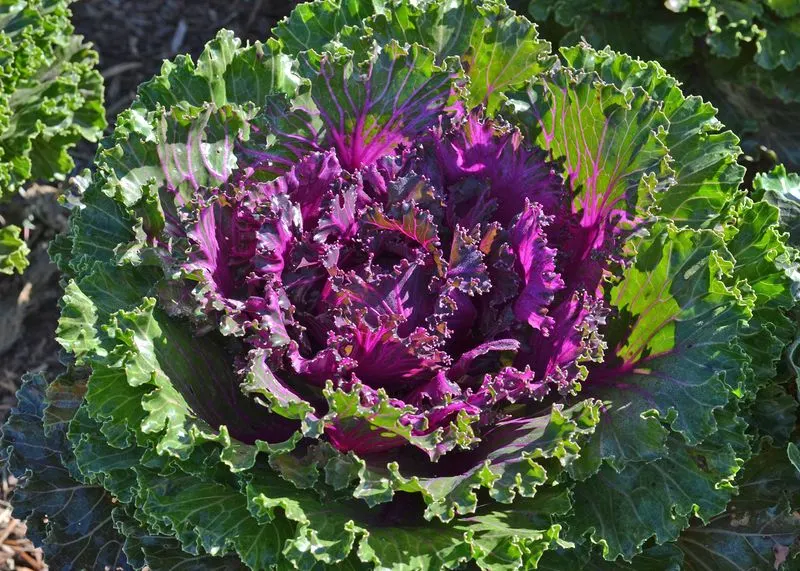
Kale’s hearty growth can overshadow pea plants, depriving them of necessary sunlight. Its dense foliage competes for space, often leading to crowded conditions. Such competition can stunt the growth of peas, affecting their overall yield. Locate kale plants away from peas to ensure both can access the resources they need. Giving each plant room to breathe is vital for a thriving garden. Careful consideration of plant placement fosters an abundant and healthy harvest.
Sweet Potatoes
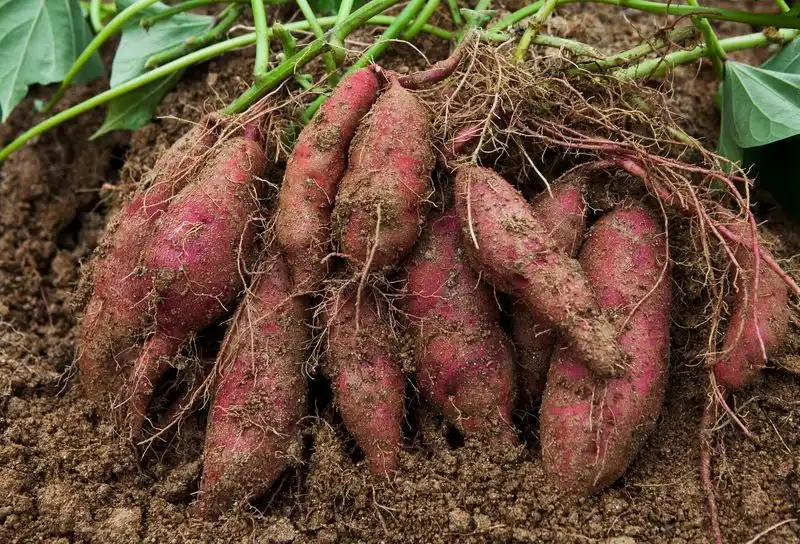
Sweet potatoes spread extensively with their vine-like growth, frequently encroaching on neighboring plants. This encroachment can overshadow and steal nutrients from pea plants, inhibiting their growth. Plant sweet potatoes in a separate area to prevent their vines from overtaking your pea patch. By allowing each plant to occupy its own space, you support healthier development. Smart spatial planning is essential for a fruitful gardening experience.

